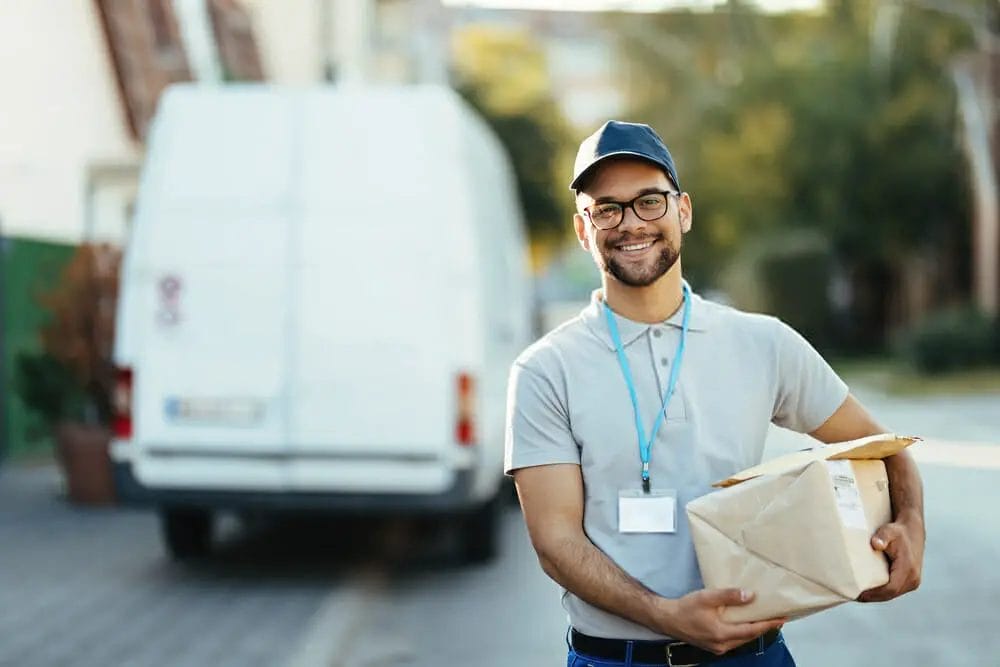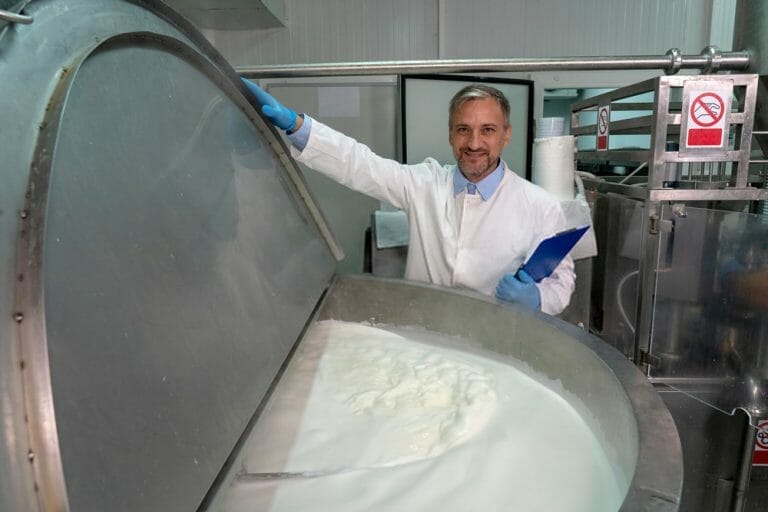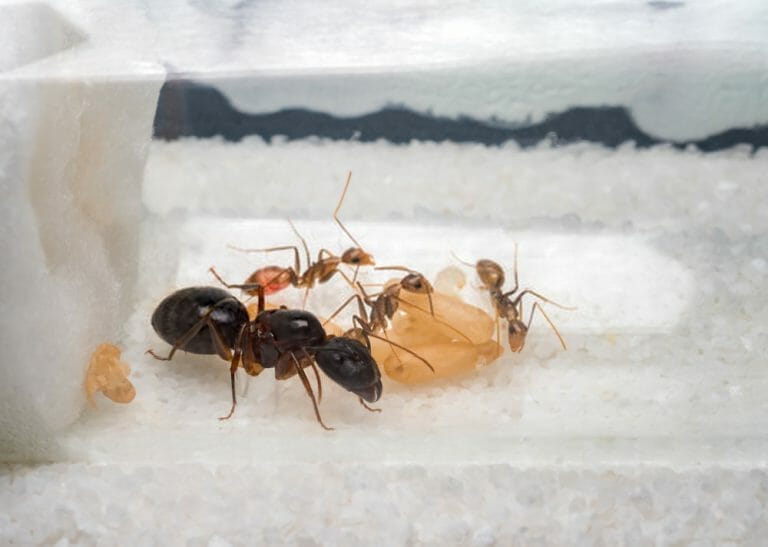Can You Ship Coffee Internationally? Find Out Now!!!

“Can You Ship Coffee Internationally? Emphatically, yes! International coffee shipping has opened doors to a myriad of coffee experiences that were once only possible through travel.
As a coffee lover, you can send your favorite beans to friends in other countries or order exotic blends from renowned coffee-growing regions around the world.
International shipping has become an integral part of the global coffee trade, bridging the gap between coffee growers in places like Ethiopia, Colombia, or Vietnam, and consumers across the globe.
It’s not only commercial entities that can ship coffee internationally; individuals can also send or receive coffee as personal packages.
However, it’s not as simple as just packing coffee in a box and sending it off. There are certain considerations to keep in mind.
The coffee must be packaged properly to maintain its freshness during transit. Plus, you should choose a reliable courier that provides the right balance between shipping time, cost, and package safety.
In the sections that follow, we will delve into the practicalities of how you can ship coffee internationally, ensuring it arrives fresh and aromatic.
Then, we will explore the cultural implications and joys of sharing and experiencing coffee from different corners of the world.
So, buckle up for this exciting journey into the world of international coffee shipping.”
Key Takeaways
- Proper packaging is crucial for international coffee shipping, including the use of foil-lined bags with one-way valves and desiccants for humid climates.
- Understanding different shipping options for coffee, such as FedEx, DHL, and USPS, can help determine the most reliable and cost-effective option.
- Ethical sourcing of coffee supports smallholder farmers, fosters cultural exchange, and promotes sustainable farming practices.
- Joining the global coffee community through coffee swaps, home barista opportunities, and inviting others for a cup of joe can provide cultural immersion and connection with others who share a passion for coffee.
Exploring the Global Coffee Landscape from Your Living Room

You can explore the global coffee landscape from the comfort of your own home with a fresh cup of coffee in hand, transporting yourself to exotic locations and experiencing unique flavors without ever leaving your armchair.
Through virtual tastings, you can sample coffees from around the world and learn about their distinct brewing techniques.
From the bright acidity of a Kenyan coffee to the earthy notes of a Sumatran roast, each variety offers a window into its respective culture’s traditions and customs.
But it’s not just about tasting different coffees – it’s also about cultural exploration.
By learning about where each coffee comes from, you gain insight into the people who grow and harvest these beans.
You’ll discover how their histories, geographies, and climates all contribute to the final product in your cup.
So grab your favorite mug, settle into your armchair, and embark on a journey that will tantalize both your taste buds and your sense of adventure.
Packaging Your Precious Cargo: Essential Steps to Ensure Your Coffee Arrives Fresh and Aromatic
To ensure your coffee reaches its destination fresh and aromatic, follow these steps:
Step 1: Choose the right packaging materials
Carefully select your packaging materials based on the type of coffee you’re shipping:
- For whole beans, opt for high-quality, foil-lined bags with one-way valves. These bags maintain freshness by allowing carbon dioxide to escape while preventing oxygen from entering.
- For ground coffee, consider vacuum sealing to keep it fresh and protected during transit.
Step 2: Optimize roast profiling
Paying attention to the roast level of your coffee beans can make a significant difference in maintaining their freshness:
- Aim for the optimal roast to preserve the beans’ flavor and aroma during shipping.
- Be cautious not to roast too dark, as this may cause oils to surface and compromise the coffee’s freshness over time.
Step 3: Keep humidity in check
Controlling humidity is essential to preserving the taste and aroma of your coffee during international shipping:
- If you’re shipping to a humid climate, include a small bag of desiccants in your package. These packets will absorb any excess moisture that could negatively impact your coffee’s quality during transit.
- Ensure that the shipping box is sturdy and well-sealed, which further protects your coffee from potential damage caused by humidity.
Choosing Your Courier: Understanding Different Shipping Options for Coffee

| Courier Service | Cost | Delivery Time | Reliability | Shipping Restrictions | Tracking Features |
|---|---|---|---|---|---|
| FedEx | $$$ | Fast (1-4 days) | High | Moderate | Excellent |
| DHL | $$ | Moderate (3-5 days) | High | Strict | Excellent |
| USPS | $ | Slower (7-10 days) | Moderate | Moderate | Fair |
When it comes to getting your freshly roasted beans from point A to point B, understanding the differences between shipping partners like FedEx, DHL, and USPS can make all the difference in ensuring your coffee arrives in top condition.
Comparing costs, delivery times, and shipping restrictions are crucial considerations when deciding on a courier.
FedEx is known for its reliability and fast delivery times but can be more expensive than other options.
DHL offers similar services with competitive pricing but may have stricter shipping restrictions depending on the country of origin and destination.
USPS is often the most cost-effective option but may not offer as many tracking capabilities or guaranteed delivery times as its competitors.
It’s important to weigh these factors against your budget and specific needs before choosing a courier for your coffee shipments.
Selecting the right shipping partner is key to ensuring that your coffee reaches its destination fresh and aromatic.
Consider factors such as cost, delivery timeframes, and any potential shipping restrictions when evaluating different couriers like FedEx, DHL, and USPS.
With careful consideration of these factors and proper packaging techniques discussed in our previous subtopic guide, you can confidently send your globetrotting beans across the world with ease!
The Joy of International Coffee Sharing: Discovering a World of Taste and Tradition in Every Cup
Experience the diverse and rich coffee cultures from around the world through every sip, transporting your taste buds to far-off lands and immersing yourself in new traditions.
With coffee exchange programs, you can send and receive unique blends of coffee beans from different parts of the world. It’s a great way to expand your palate and learn about different brewing methods.
In addition to coffee exchange programs, you can also participate in taste testing events that showcase different types of coffee from various countries.
These events allow you to experience cultural immersion as you sample traditional blends and learn about their origins.
From Ethiopian Yirgacheffe to Costa Rican Tarrazu, each cup tells a story about its history and the people who cultivated it.
So go ahead, take a sip, close your eyes, and let the flavors transport you on a journey around the world without leaving your home.
A Personal Coffee Exchange Experience

As a coffee aficionado myself, I had the unique opportunity to participate in an international coffee exchange program last year.
After researching various coffee-growing countries, I decided to send a pack of locally roasted specialty beans to a coffee lover in Brazil while eagerly waiting for my own package from them.
The day my package arrived, I couldn’t contain my excitement. Unpacking the carefully sealed and beautifully designed bag of coffee, a wave of tropical aromas instantly caught my attention.
As I took my first sip of the freshly brewed Brazilian coffee, I tasted delightful hints of chocolate, caramel, and citrus fruit.
What struck me the most was the distinct, vibrant acidity that lingered in each sip, transporting me from the comfort of my own home to the lush, mountaintop coffee farms of Brazil.
I felt a deep connection with the coffee farmer thousands of miles away, knowing that their hard work and dedication were behind the enchanting flavors I savored every morning.
This enriching experience deepened my passion for exploring coffee from various corners of the world and understanding the unique stories behind each cup.
Supporting Global Coffee Communities: How Your Purchase Affects Farmers and Coffee Cultures Around the World
You can make a difference in the lives of coffee farmers worldwide by choosing to purchase ethically-sourced coffee.
Here are four ways your choice impacts coffee sustainability, fair trade impact, and cultural exchange benefits:
- Supporting smallholder farmers: When you choose to buy ethically-sourced coffee, you’re supporting smallholder farmers who often struggle to make ends meet due to low prices set by large corporations. Your purchase helps these farmers earn a fair price for their beans and supports their livelihoods.
- Promoting sustainable farming practices: Ethical sourcing also means that the coffee beans are grown using sustainable farming practices that help protect the environment and preserve natural resources for future generations.
- Encouraging fair trade: By choosing ethical coffee, you’re supporting fair trade practices that ensure all parties involved in the production process receive a fair share of profits, from the farmer to the roaster.
- Fostering cultural exchange: Finally, ethical sourcing provides an opportunity for cultural exchange between consumers and producers. When we learn about where our coffee comes from and how it’s produced, we gain a deeper appreciation for the hard work that goes into each cup and develop a greater understanding of different cultures around the world.
FAQS
Inviting Readers to Join the Global Coffee Community
Joining the worldwide community of coffee lovers is an exciting opportunity to broaden your horizons and support small farmers across the globe.
By participating in coffee swaps, you can connect with strangers from different parts of the world who share your passion for coffee.
This exchange allows you to explore new flavors and brewing methods while learning about the diverse cultures behind each cup.
Additionally, becoming a home barista provides endless opportunities to perfect your international coffee brewing skills.
With access to beans from all over the world, you can experiment with different roasts and preparation methods to create unique blends that suit your taste buds.
Coffee culture is a universal language that brings people together, so take advantage of this global connection by inviting others into your home for a cup of joe or by exploring new cafes when traveling abroad.






